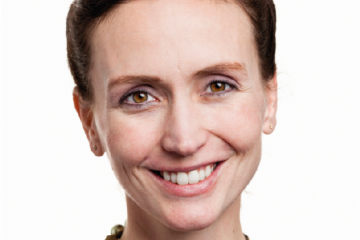PhD Studentship
Combining a fully synthetic hydrogel with human intestinal organoids to model pathological matrix remodelling in Inflammatory Bowel Disease

At a glance
In progress
Award date
October 2021 - September 2024
Grant amount
£90,000
Principal investigator
Professor Eileen Gentleman
Co-investigator(s)
Institute
King's College London
R
- Replacement
Read the abstract
View the grant profile on GtR
